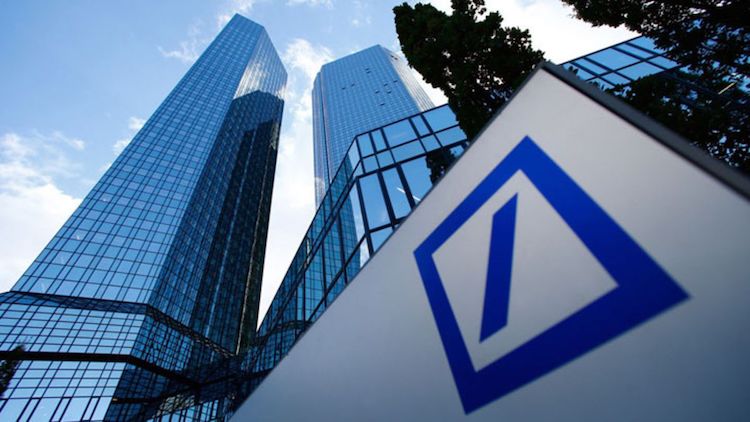The Customer Effect
Why Deutsche Bank is suddenly big on open source
- Deutsche Bank has open sourced its code for the very first time, as banks keep trying to show they're really tech companies
- Deutsche is trying to stay competitive by making interactions with clients and third party financial apps more seamless and taking advantage of the distribution channel open source offers








